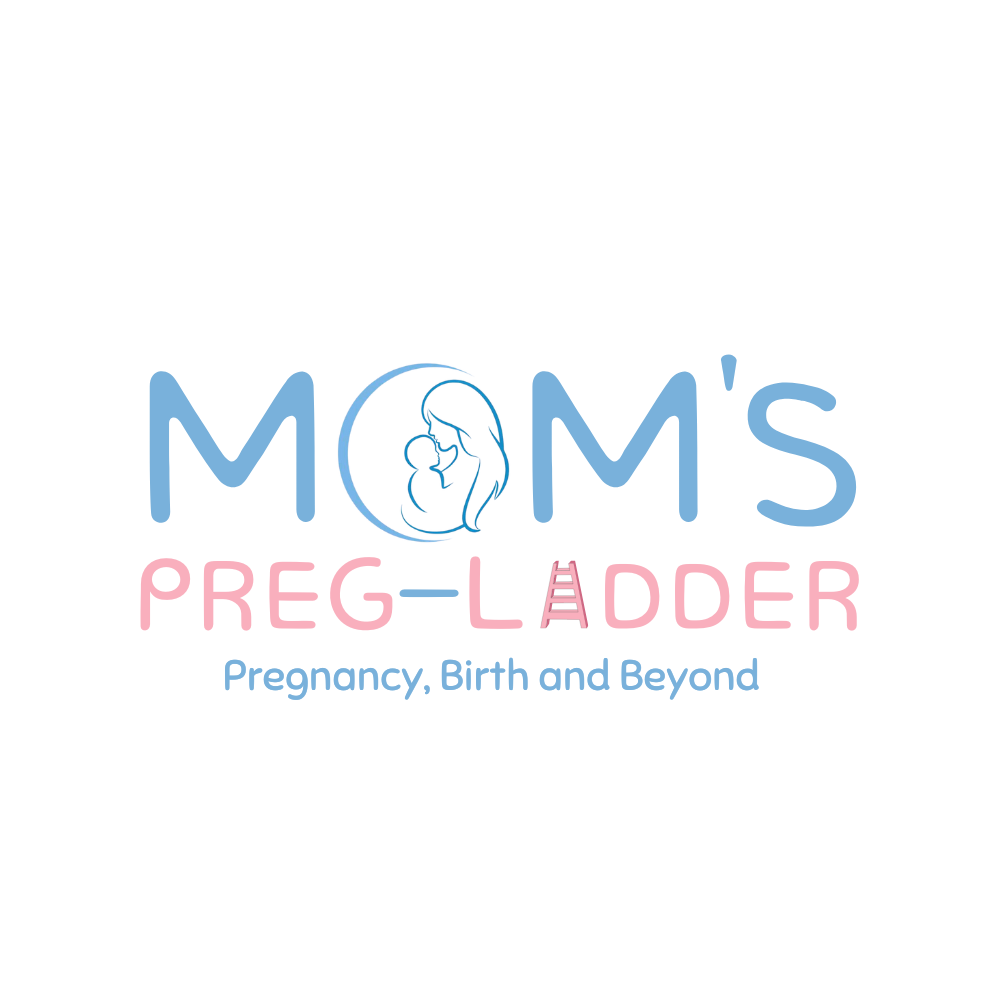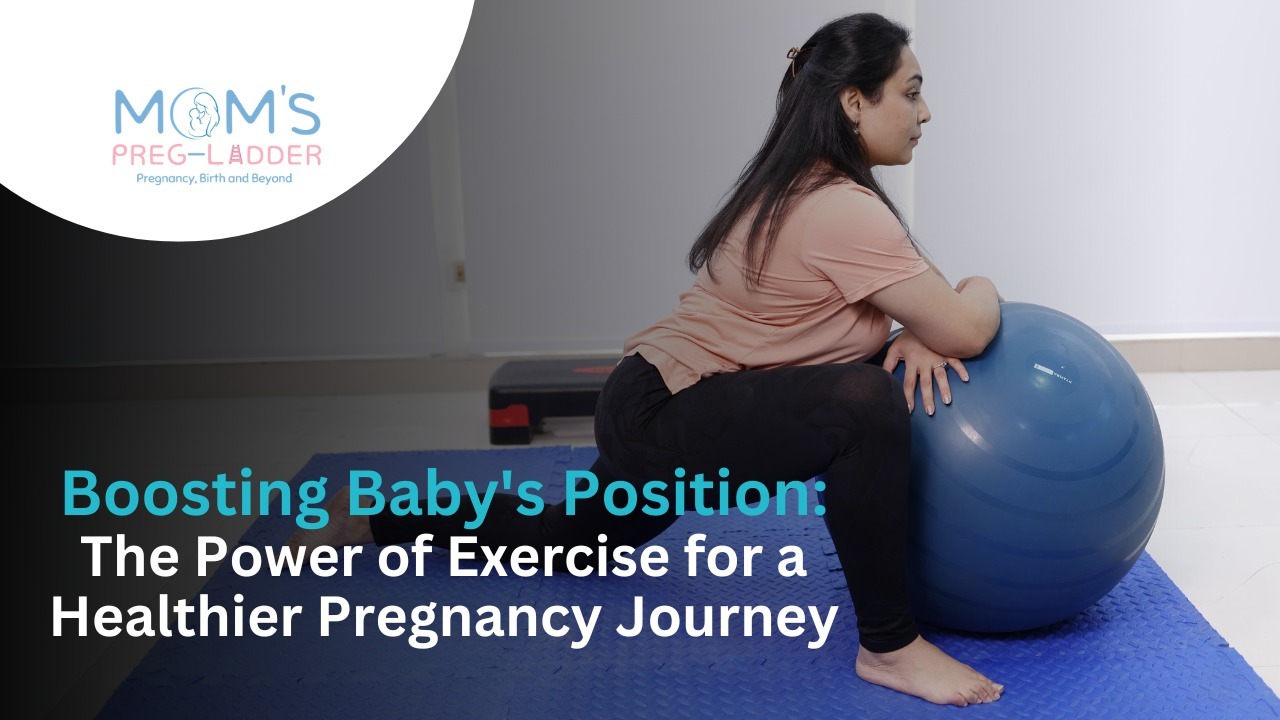The baby’s position in the womb can significantly impact the labour and delivery experience. While many factors influence this, exercise is a powerful tool that can help guide your baby into the ideal position. Optimal positions, such as the head-down position, facilitate a more straightforward birth process and can reduce the likelihood of complications.
Read below to know how integrating specific exercises into your daily routine can contribute to a more comfortable and successful pregnancy journey.
Key exercises to improve baby’s position
Walking
Walking is one of the simplest yet most effective exercises for pregnancy. It helps to keep the body active and encourages the baby to shift into a desired position. Whether it’s a brisk walk or stroll, walking regularly promotes blood circulation, reduces swelling, and positively impacts baby positioning.
Pelvic tilts
Pelvic tilts help strengthen the lower back and improve the flexibility of the pelvis. This exercise encourages the baby to move into a head-down position and can alleviate back pain associated with pregnancy.
Cat-cow stretch
The cat-cow stretch promotes flexibility and relaxation of the spine. It also helps in creating space in the pelvis for the baby to adjust its position, promoting a more optimal head-down alignment.
Spinning babies techniques
Techniques from the Spinning Babies program, such as forward-leaning inversion, can help encourage the baby to turn into the ideal position. These techniques involve specific movements that create space in the pelvis and help guide the baby.
Curb walks
Curb walking is a technique that involves walking with one foot on the curb and the other on the road, which helps to tilt the pelvis and encourage the baby to drop into the correct position. This exercise can be beneficial in the later stages of pregnancy when the baby’s head needs to engage in the pelvis for labour.
Proper sitting position
The way a mother sits during pregnancy can impact the baby’s positioning. Sitting with hips higher than knees, using an exercise ball, or maintaining an upright posture can encourage the baby to stay in the best position. Avoiding slouching or reclining for long periods can also help prevent the baby from moving into less optimal positions.
Gentle yoga
Yoga poses like the child’s pose and downward dog can stretch and strengthen the pelvic area, encouraging the baby to move into a better position. Yoga also helps maintain overall flexibility and comfort during pregnancy.
Benefits of exercising
Regular exercise during pregnancy not only aids in positioning the baby but also improves overall comfort and health. It can reduce common pregnancy symptoms such as back pain and fatigue, support mental well-being, and prepare the body for labour demands.
Consulting with a healthcare provider
Pregnant women must consult with their healthcare provider before jumping to any new exercise routine. They can provide personalized recommendations based on individual health needs and ensure that the exercises are safe for both the mother and baby.
Conclusion
Exercise is powerful in preparing the body for a healthier pregnancy and facilitating the right position for the baby. By incorporating specific exercises into their routine, expectant mothers can support their baby’s position, enhance their comfort, and contribute to a smoother delivery process.


